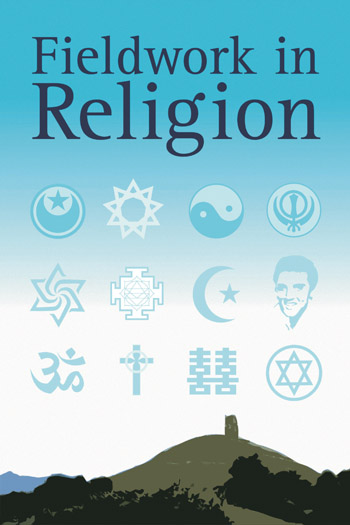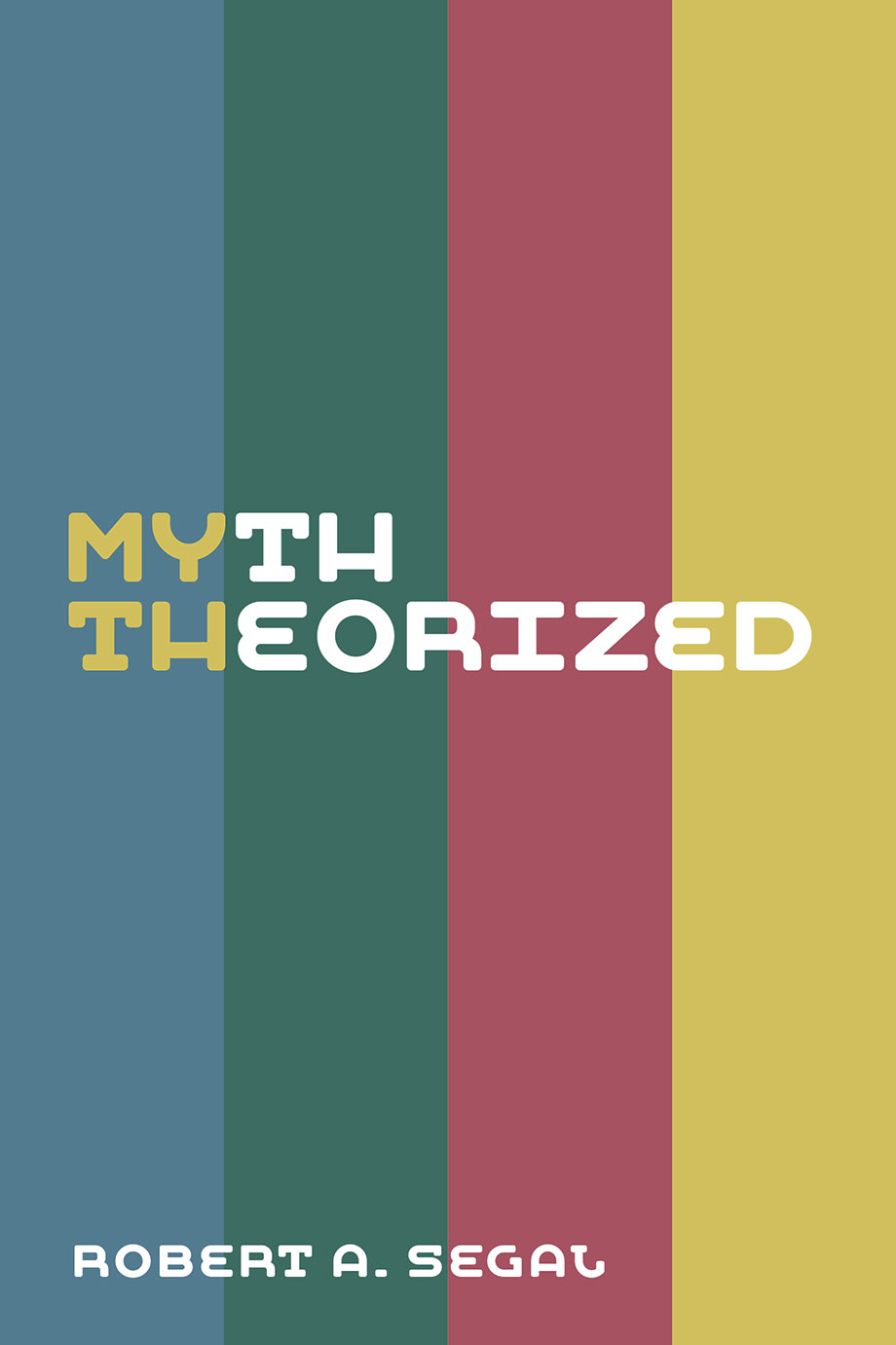Reviews
With this book, Ivan Strenski provides a compelling argument for a performative theory of myth. In building his account of what it is that myths do, Strenski brings together his wide-ranging knowledge of the history of the study of myth (debunking a few historiographical myths en passant), epistemological dexterity, and well-chosen case studies that coalesce into a vibrant call for a critical, reflexive, and pragmatic rethinking of one of the central, and indeed problematic, concepts in the study of religion. Strenski has outdone himself.Nicolas Meylan, Maître d’enseignement et de recherche, Faculté de théologie et de sciences des religions, Université de Lausanne
Myths are particularly fascinating objects, resisting as they do any simple, unambiguous definition. This explains why their study is so fascinating, and why they have given rise to so many opposing theories since the mid-nineteenth century. In fact, the study of these mythological theories alone sums up a large part of our intellectual history. The help of pilots is therefore indispensable in guiding us through this jungle of theories and concepts.
Ivan Strenski, with his immense culture and incomparable analytical mind, is undoubtedly one of them.
Daniel Dubuisson, Research Director emeritus, Centre National de la Recherche Scientifique, Paris
With insight, intelligence, and integrity, How to Do Things with Myths shows how myths do things. Reviewing a lifetime of assessing myth theories from Friedrich Schelling to Robert Segal, Strenski develops a performative theory of myth parallel to J. L. Austin’s performative theory of language. The myth of Caesar’s assassination, the Indian nationalist myth of Śivāji, Henri Hubert’s myth of Celtic-French identity, and the myth of Moscow as the third Rome, lead to the conclusion that myths are important stories that incite action. Hugely informative, this account challenges readers' existing understanding—and requires us to take responsibility.
Bryan S. Rennie, Vira I. Heinz Professor of Religion at Westminster College, Pennsylvania








